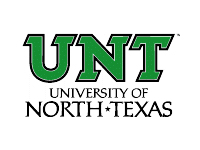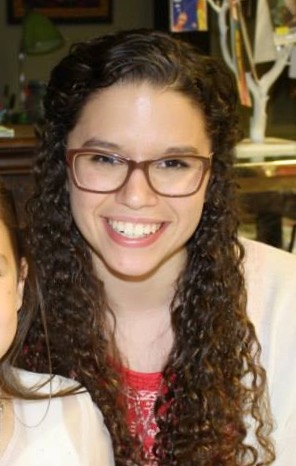Below is a summary of the abstract you submitted. Presenting author(s) is shown in bold.
If any changes need to be made, you can modify the abstract or change the authors.
You can also download a .docx version of this abstract.
If there are any problems, please email Dan at dar78@pitt.edu and he'll take care of them!
This abstract was last modified on May 8, 2016 at 12:27 a.m..

Students at the University of North Texas isolated several new members of the Streptomyces BC cluster, including 3 members of the new BC3 subcluster. A total of six BC phages were characterized and annotated: Picard and Mojorita (BC1); Raleigh (BC2); and Bioscum, PapayaSalad, and Ididsumtinwong (BC3). These phages were isolated from Texas soils between the years 2014 and 2015 on Streptomyces venezuelae ATCC 10712 with the exception of Raleigh. Raleigh was isolated on Streptomyces griseus ATCC 10137 from New Jersey soil. These phages have an average genome size of approximately 38,800 bp, with approximately 55 protein coding genes each. The only tRNA identified is in Bioscum. The average G+C content for all six phages is 72%, which closely mirrors G+C contents of S. venezuelae and S. griseus, which are both around 73%. Several additional analyses were performed on these phage isolates after completion of genome annotation. Bioscum was tested to see if lysogeny occurred on the host strain. A Bioscum lysogen was successfully isolated and tested against phages PapayaSalad and Mojorita. While PapayaSalad is potentially homoimmune to Bioscum, Mojorita was able to infect the lysogen. In host range testing, PapayaSalad was tested for infection on six different Streptomyces hosts. These tests showed negative results, thus the only known host for PapayaSalad is currently S. venezuelae. During host range testing of phage Mojorita on S. griseus ATCC 10137, a single plaque was noted on one of the dilution grids. While the original phage typically only infects S. venezuelae, the Mojorita variant from the spot test infects S. griseus with high efficiency. Work to sequence the variant is under way to further identify the mutation responsible for the change in host range. Additional bioinformatics research was also conducted on the phage PapayaSalad this year. This analysis identified a 376 bp gap between a reverse gene (gp32) and a forward gene (gp33) of PapayaSalad which contains a reverse promotor, a forward promotor, and a 22 base pair palindrome sequence. The purpose of this palindrome is currently unknown, but is of interest for further analysis. Through the research conducted in the UNT PHAGES courses this year, many new discoveries have been made about BC cluster phages. These discoveries have expanded not only the number of BC cluster phages, but also our knowledge of these genomes. These results have and will potentially lead to new research in the future in regards to Streptomyces phages.


